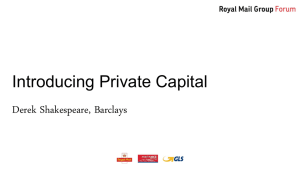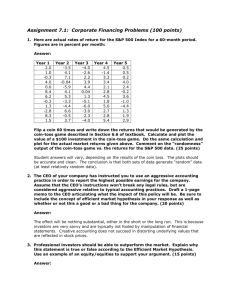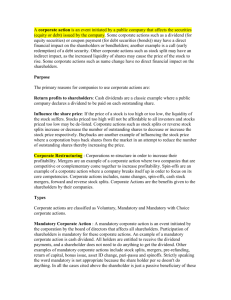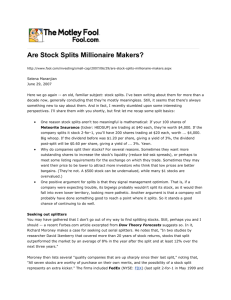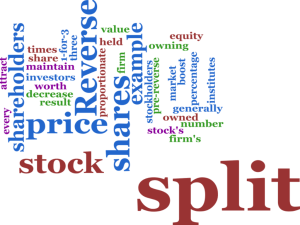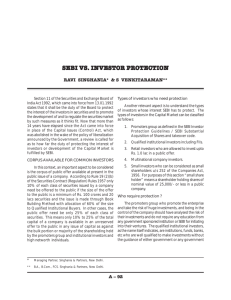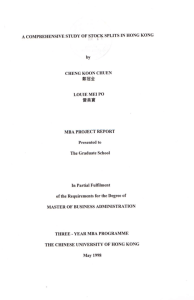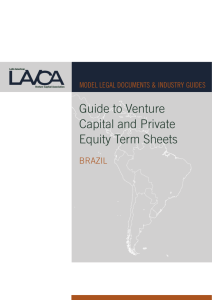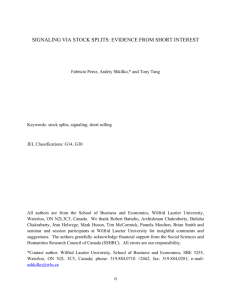Split wide open
advertisement
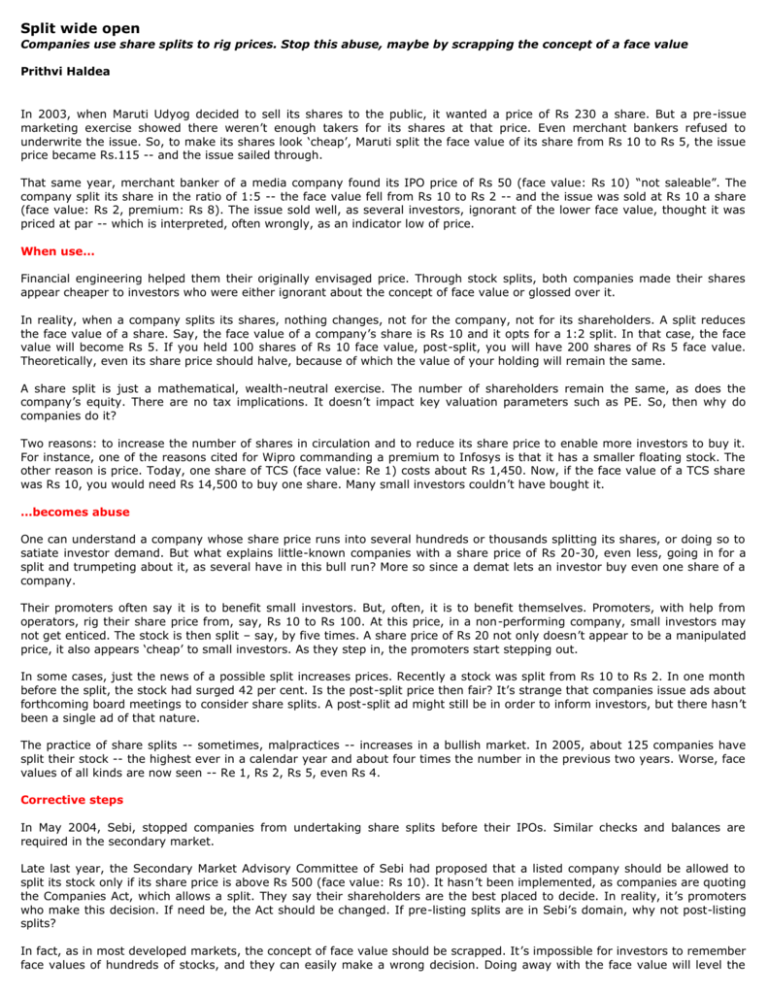
Split wide open Companies use share splits to rig prices. Stop this abuse, maybe by scrapping the concept of a face value Prithvi Haldea In 2003, when Maruti Udyog decided to sell its shares to the public, it wanted a price of Rs 230 a share. But a pre-issue marketing exercise showed there weren’t enough takers for its shares at that price. Even merchant bankers refused to underwrite the issue. So, to make its shares look ‘cheap’, Maruti split the face value of its share from Rs 10 to Rs 5, the issue price became Rs.115 -- and the issue sailed through. That same year, merchant banker of a media company found its IPO price of Rs 50 (face value: Rs 10) “not saleable”. The company split its share in the ratio of 1:5 -- the face value fell from Rs 10 to Rs 2 -- and the issue was sold at Rs 10 a share (face value: Rs 2, premium: Rs 8). The issue sold well, as several investors, ignorant of the lower face value, thought it was priced at par -- which is interpreted, often wrongly, as an indicator low of price. When use… Financial engineering helped them their originally envisaged price. Through stock splits, both companies made their shares appear cheaper to investors who were either ignorant about the concept of face value or glossed over it. In reality, when a company splits its shares, nothing changes, not for the company, not for its shareholders. A split reduces the face value of a share. Say, the face value of a company’s share is Rs 10 and it opts for a 1:2 split. In that case, the face value will become Rs 5. If you held 100 shares of Rs 10 face value, post-split, you will have 200 shares of Rs 5 face value. Theoretically, even its share price should halve, because of which the value of your holding will remain the same. A share split is just a mathematical, wealth-neutral exercise. The number of shareholders remain the same, as does the company’s equity. There are no tax implications. It doesn’t impact key valuation parameters such as PE. So, then why do companies do it? Two reasons: to increase the number of shares in circulation and to reduce its share price to enable more investors to buy it. For instance, one of the reasons cited for Wipro commanding a premium to Infosys is that it has a smaller floating stock. The other reason is price. Today, one share of TCS (face value: Re 1) costs about Rs 1,450. Now, if the face value of a TCS share was Rs 10, you would need Rs 14,500 to buy one share. Many small investors couldn’t have bought it. …becomes abuse One can understand a company whose share price runs into several hundreds or thousands splitting its shares, or doing so to satiate investor demand. But what explains little-known companies with a share price of Rs 20-30, even less, going in for a split and trumpeting about it, as several have in this bull run? More so since a demat lets an investor buy even one share of a company. Their promoters often say it is to benefit small investors. But, often, it is to benefit themselves. Promoters, with help from operators, rig their share price from, say, Rs 10 to Rs 100. At this price, in a non-performing company, small investors may not get enticed. The stock is then split – say, by five times. A share price of Rs 20 not only doesn’t appear to be a manipulated price, it also appears ‘cheap’ to small investors. As they step in, the promoters start stepping out. In some cases, just the news of a possible split increases prices. Recently a stock was split from Rs 10 to Rs 2. In one month before the split, the stock had surged 42 per cent. Is the post-split price then fair? It’s strange that companies issue ads about forthcoming board meetings to consider share splits. A post-split ad might still be in order to inform investors, but there hasn’t been a single ad of that nature. The practice of share splits -- sometimes, malpractices -- increases in a bullish market. In 2005, about 125 companies have split their stock -- the highest ever in a calendar year and about four times the number in the previous two years. Worse, face values of all kinds are now seen -- Re 1, Rs 2, Rs 5, even Rs 4. Corrective steps In May 2004, Sebi, stopped companies from undertaking share splits before their IPOs. Similar checks and balances are required in the secondary market. Late last year, the Secondary Market Advisory Committee of Sebi had proposed that a listed company should be allowed to split its stock only if its share price is above Rs 500 (face value: Rs 10). It hasn’t been implemented, as companies are quoting the Companies Act, which allows a split. They say their shareholders are the best placed to decide. In reality, it ’s promoters who make this decision. If need be, the Act should be changed. If pre-listing splits are in Sebi’s domain, why not post-listing splits? In fact, as in most developed markets, the concept of face value should be scrapped. It’s impossible for investors to remember face values of hundreds of stocks, and they can easily make a wrong decision. Doing away with the face value will level the playing field. It will also enable realistic pricing.Further, many companies make IPOs at Rs 10 when the real worth of their share could be less than that. The law, therefore, allows such companies to charge an implicit premium. Without a face value, they won’t. -------BOX How to read share splits Before you buy a stock, check its face value Absolute price is not an indicator of valuation, PE ratio is A split changes nothing for the company or its shareholders Be wary of companies that consider a split despite a low share price and come out with ads Be wary if the stock has run up leading up to the split


